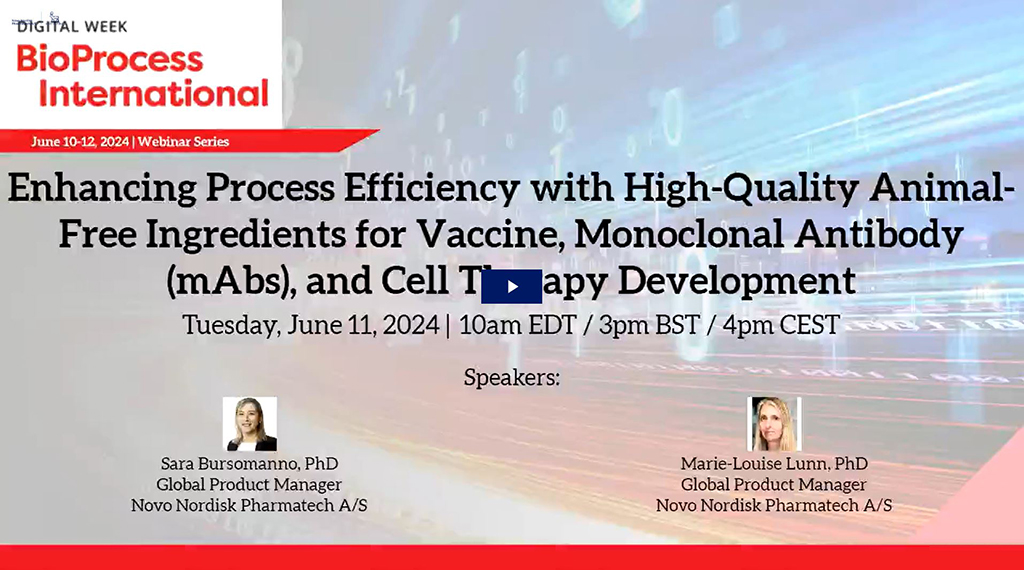Mammalian cells are considered an alternative to eggs for the production of influenza vaccines. HEK293SF-3F6 is a suspension GMP cell line that grows in serum-free media, and influenza production has been achieved in flasks and large bioreactors. To boost influenza production, insulin was added to the cultures. This growth factor was chosen because it has cell survival effects. It acts on cellular signalling pathways exploited by the influenza virus and is approved by regulatory agencies.
At infection of the HEK293SF-3F6 with H1N1/A/Puerto Rico/08/34 or H3N2/A/Aichi/8/68, 25 to 100 mg/L insulin was added. After 48hrs, the supernatants were collected, and hemagglutinin (HA) was quantified. The HA concentration was increased by almost 2-fold with insulin: the effective insulin concentration varied depending on the media. Overall, a concentration of 25mg/L insulin provided an increase in influenza yield regardless of the media or viral strain used in HEK293SF-3F6 cells.
Insulin is known to stimulate cell proliferation. Here we show that adding insulin is also an effective way of increasing influenza production and can easily be implemented in a vaccine bioprocess.


